Sponsored by Setouchi City
Japanese Samurai Swords with 1,000-Years of History
1,000 years ago, Bizen Osafune was the top sword making school in Japan. Cities tended to form and grow near a water source, since ships were a common method of transporting goods, and Osafune was no different.
The main road during the Edo period(1603 – 1868), stretching from Kyushu to Kyoto, passed through Osafune. This meant that the small city was in a great position for trade and production. The craftsmen of Osafune could easily observe the market and cater to the demand.
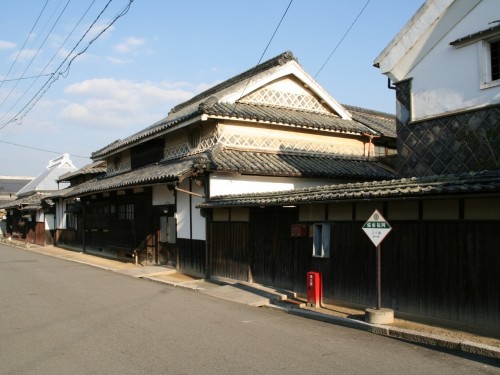
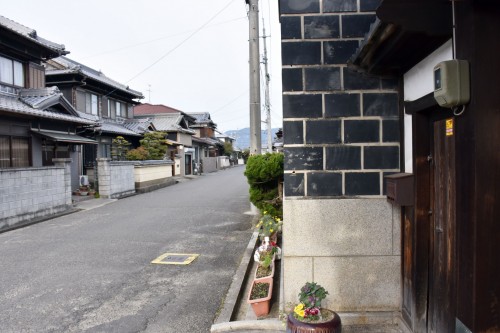
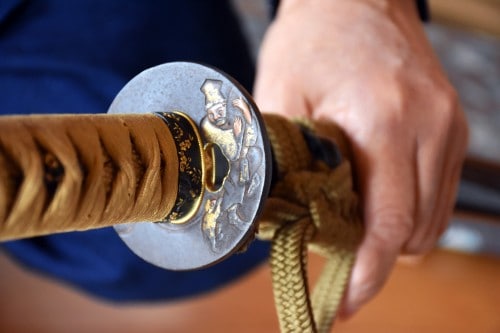
There are very few places left today where you can see the traditional Samurai swords and learn the history of Japanese sword making. Bizen Osafune Japanese Sword Museum is the only place in Japan where you can see all the steps of making a Japanese sword.
Check Out “Bizen Osafune Japanese Sword Museum”
Bizen Osafune Japanese Sword Museum is a unique museum where collections of samurai swords are on display. The fashion of swords has changed many times throughout history, and thus different time periods each have unique swords. It is very interesting to see how the traditional Japanese samurai swords are made. There are about 7 craftsmen involved in the process of making a Japanese sword.
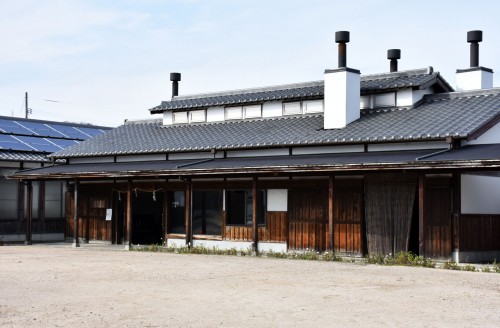
The souvenir shop sells a variety of items, such as imitation swords, paper knives and other knickknacks. If you happen to be crazy about swords, you can find real Japanese swords for sale. You will find imitation swords of omamori katana prices 20,000 yen, also Japanese knifes and other souvenir items are available. They accept credit cards!
A short sword called ‘wakizashi’ is sold from 350,000 yen. Just remember that as a sword owner you will need to register your sword with the authorities in Japan. If you want to bring your sword home with you, then you will need the appropriate import papers.
Bizen Osafune Japanese Sword Museum – Opening Hours
Entrance fee: 500 yen.
A free English speaking volunteer guide is available, but needs to be booked in advance. Please contact the Bizen Osafune Japanese Sword Museum two weeks in advance by phone or email.
Every second Sunday of the month, between 14:00-15:00, you can see a free demonstration on how to temper a sword. You can also take part in a workshop to learn how to make a paper knife. This costs 1,500 yen and takes approximately 1,5 hours. Prior reservation is needed at least 2 weeks in advance.
Open: Every day except Monday and the day following a national holiday.
Bizen Osafune Sword Museum – How to Get There
Japanese Sword, The Craft of the Sword Smith
Japanese swords are made of a type of steel called ‘Tamahagane’. ‘Tama’ means round and precious and ‘hagane’ means steel. First, the lumps of Tamahagane are heated and hammered into flat pieces, and then the pieces are divided into soft and hard, pure steel. The chosen pieces are then piled on a base that is made from homogeneous steel.
The hard work starts now! The charcoal is heated to 1,300 degrees Celsius. The sword smith has mastered the art and can see and hear when the fire is ready. The steel is then heated, hammered flat, cut in half, folded and hammered flat again. This process is repeated many times to make the sword as strong and durable as possible. This process produces the soft steel that is used at the core of the sword.
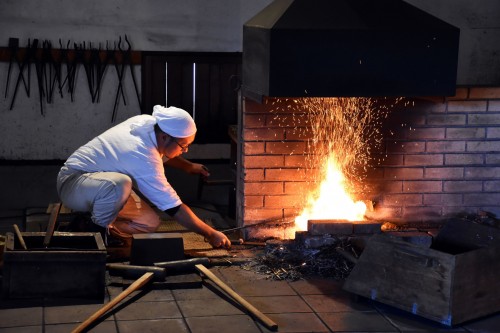
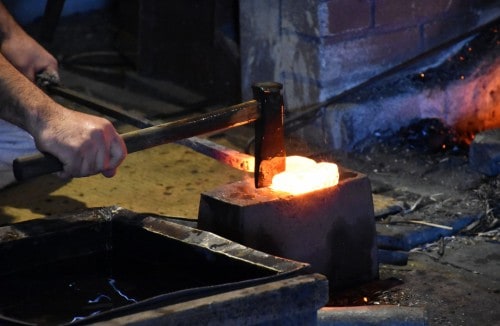
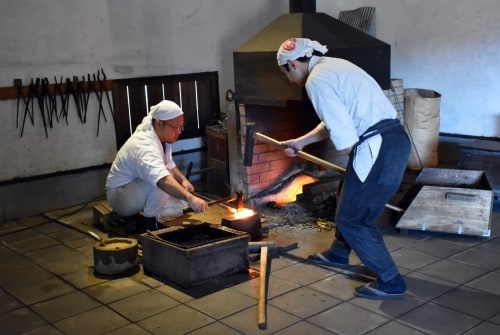
The steel is then cut into rectangles and piled evenly on top of the base and forged together. The softer steel is wrapped up in the harder steel in a U-shape that is folded and hammered flat and then folded again multiple times. The blade is dipped in a clay mixture between each folding, in order to protect it from oxidation and carburization.
Now it is time to create the shape of the sword! The steel is put in the fire and lengthened by hammering. Then the exact shape of the sword and the tip, called ‘Kiseki,’ are formed with a smaller hammer. At this point, all that is left to do is file the sword and quench it in water, where the blade starts to create ‘sori’, the bending of the sword. The blade gets a rough polishing before it is passed to the next craftsman: the polisher.
The total weight of a finished Japanese sword is surprisingly light, weighing only around 800 g!
The Final Step to Make Japanese Sword
Once the sword smith is done with his work, the sword must pass through several other artisans before it is complete. First, the polisher needs to sharpen and polish the blade. Japanese sword polishing includes 14 steps, and then the sword is passed to the engraver, where kanji or other images get engraved into the blade.
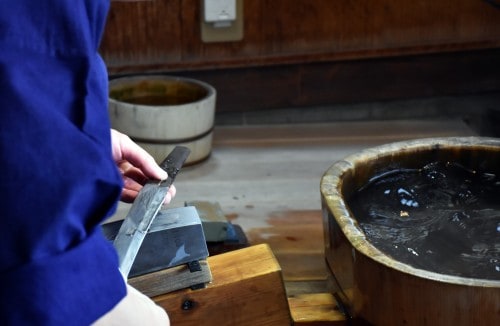
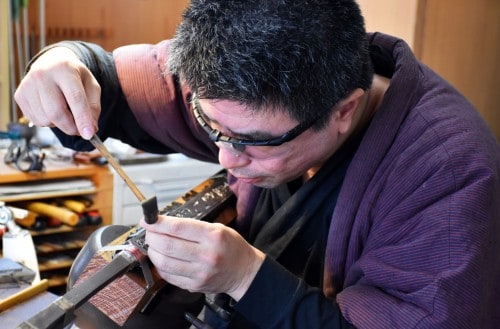
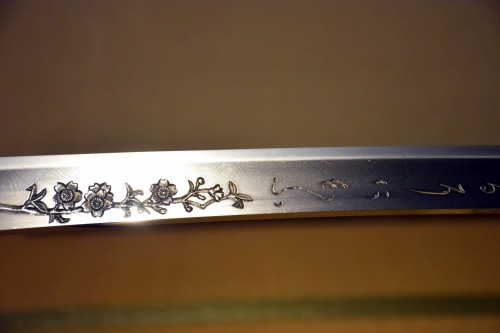
Traditional Japanese swords include many small details such as a collar, called ‘habaki’, that prevents the blade from touching the scabbard. There are artisans that specialize in making ‘habaki’.
The scabbard maker makes the scabbard from Magnolia. He makes two curved halves that are glued together with glue made from rice. This is a difficult job since the scabbard must fit the sword perfectly. When the scabbard is finished, it is passed to the lacquerer who decorates the scabbard using a lacquer made from natural products such as minerals.
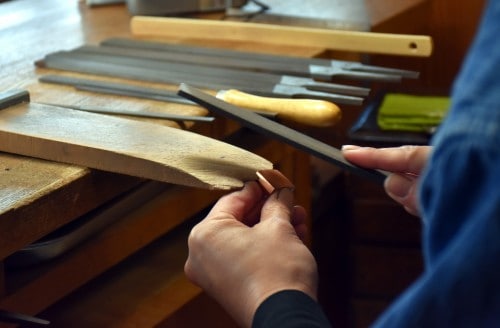
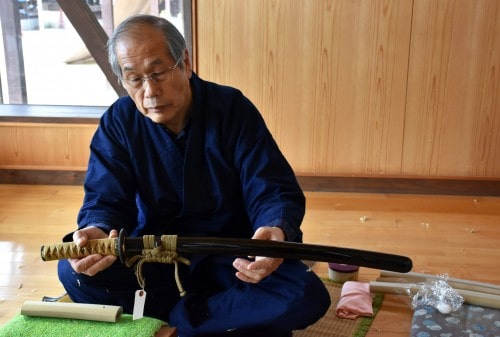
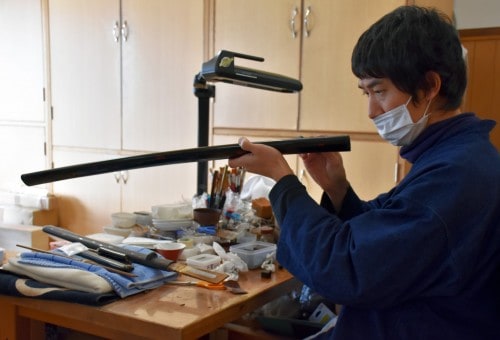
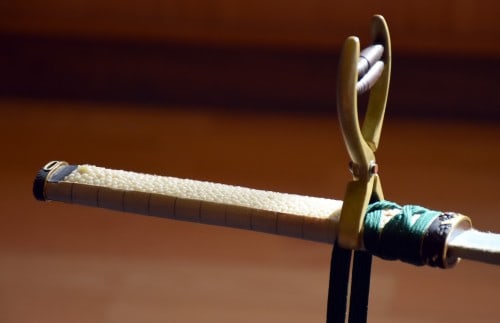
Another artisan who specializes in making hilts and binding makes the hilt from wood, and then covers it in the skin of a stingray to create a strong grip. Silk rope is then used to bind the skin in order to strengthen it.
Metalworkers, guard makers and hilt decorators are other artisans that play a part in the final details of the sword. Not only is a Japanese sword about strength and durability, but the visual beauty of each sword is equally important both to the artisans and samurai warriors.
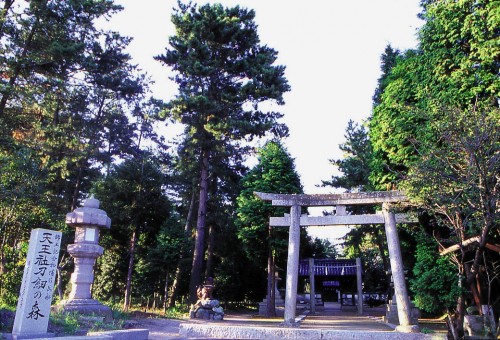

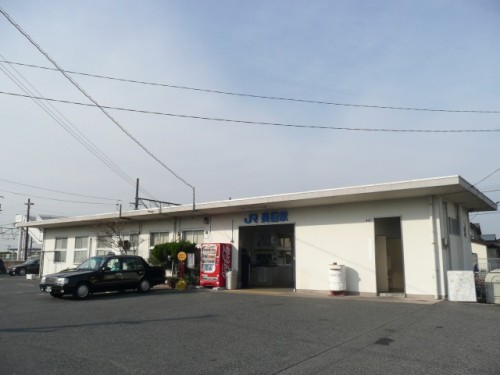

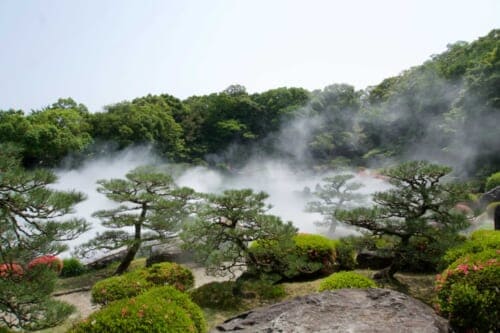
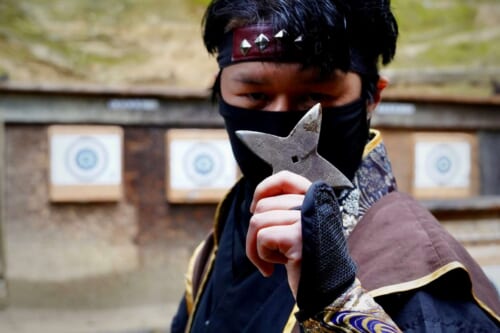

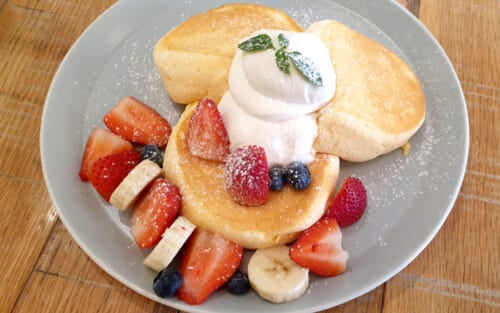
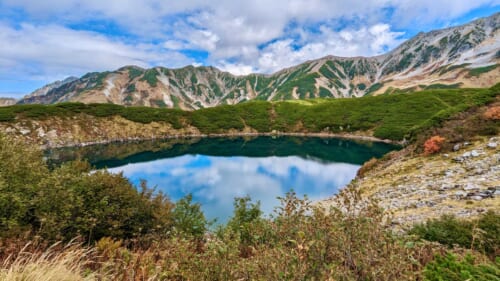
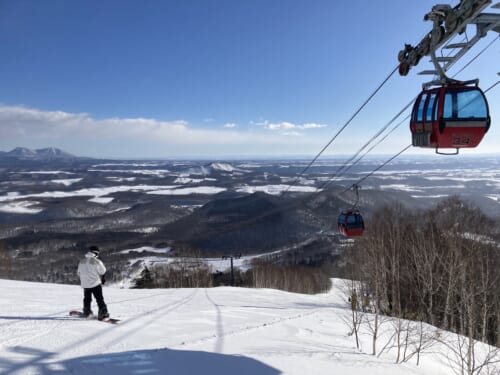
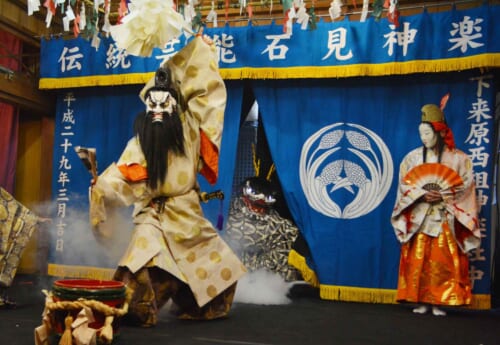
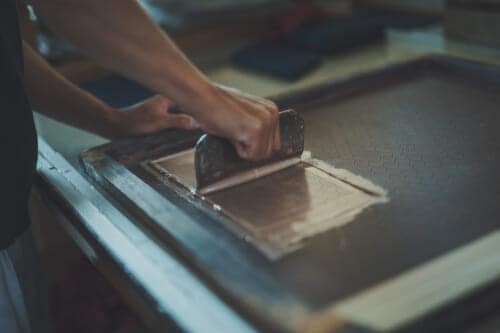

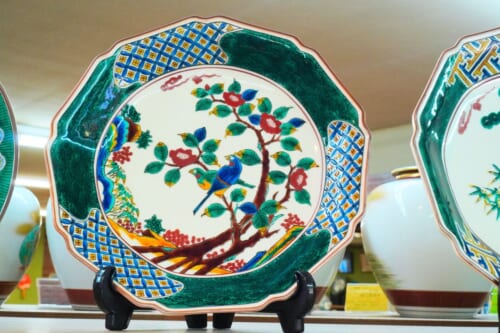


No Comments yet!